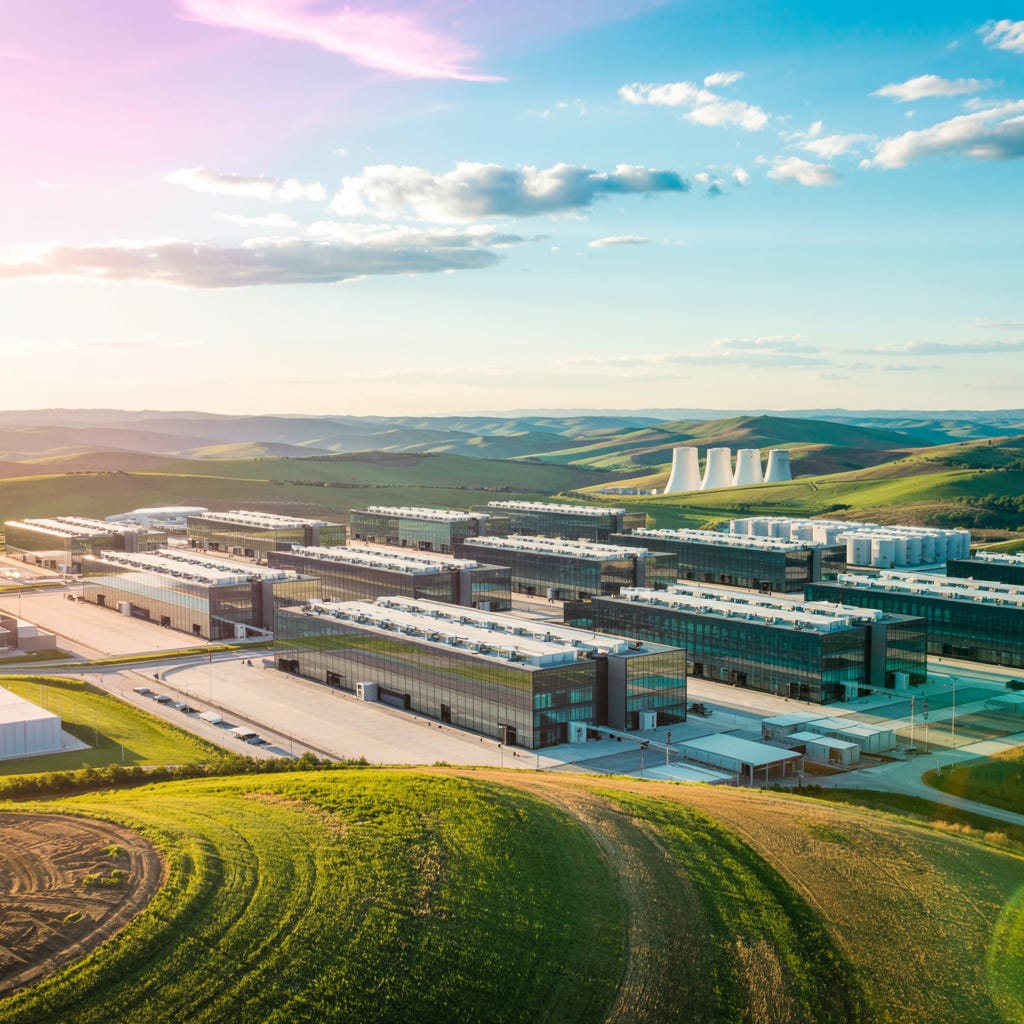Welcome to Global Data Center Hub. Join investors, operators, and innovators reading to stay ahead of the latest trends in the data center sector in developed and emerging markets globally
From $200B AI mega-campuses to sovereign nuclear PPAs, the first half of 2025 turned North America into the command center of global AI infrastructure.
We saw:
$500B+ in AI data center commitments across Virginia, Texas, Pennsylvania, and Alberta
Sovereign-style power deals, from Meta’s 20-year nuclear contract to Amazon’s utility-backed expansions
Private capital flooding into powered land, grid upgrades, and gigawatt-scale campuses
Policy pivots in Washington, Virginia, and ERCOT tying AI to national security and GDP growth
Transmission and zoning battles defining what gets built, and where
H1 2025 wasn’t just growth. It was a continental-scale realignment.
This is your North America recap of the 15 most important shifts and what they signal for global AI infrastructure.
Here’s What’s Inside
Top 15 announcements ranked — from Meta’s $200B mega-campus to EdgeCore’s $17B Virginia buildout
5 key infrastructure trends — sovereign-style PPAs, REIT convergence, gigawatt campuses, energy-first developers, and policy escalation
5 emerging opportunities — nuclear-backed infra, AI-native REITs, powered land strategies, cross-border GPU hubs, and secondary market ascents
5 sectoral & geographic shifts — Texas scale-ups, Virginia fatigue, Canada’s sovereign moment, Midwest awakening, and Carolinas surge
5 critical constraints — power scarcity, zoning wars, ESG backlash, fragile capital stacks, and the talent crunch
Top 15 North America Announcements
Below are the most impactful strategic moves shaping the North American data center sector in the first half of 2025, ranked by capital scale, geopolitical significance, and long-term market implications.
Keep reading with a 7-day free trial
Subscribe to Global Data Center Hub to keep reading this post and get 7 days of free access to the full post archives.

